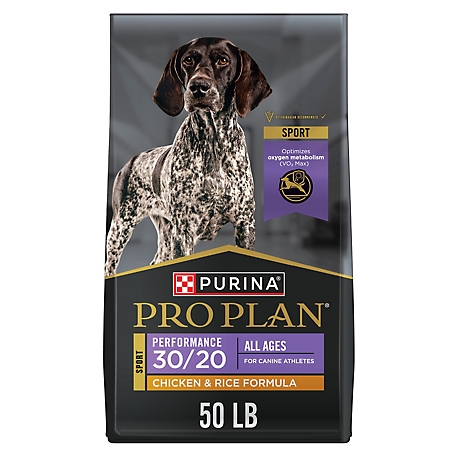Diamond Naturals Adult Dog Lamb Meal & Rice Formula Dry Dog Food
Lamb protein and moderate levels of fat help support a healthy body condition while providing the nutrients your dog needs to stay active day after day. Guaranteed levels of zinc, selenium and vitamin E ensure that your dog receives proper antioxidant nutrition, while omega-6 and omega-3 fatty acids from superfoods help maintain healthy skin and a shiny coat.
Lamb protein and moderate levels of fat help support a healthy body condition while providing the nutrients your dog needs to stay active day after day. Guaranteed levels of zinc, selenium and vitamin E ensure that your dog receives proper antioxidant nutrition, while omega-6 and omega-3 fatty acids from superfoods help maintain healthy skin and a shiny coat.
- Pasture-raised lamb protein is an excellent source of quality protein
- Guaranteed levels of zinc, selenium and vitamin E
- Omega-6 and omega-3 fatty acids for skin and coat
- Enhanced with superfoods and guaranteed probiotics
Additional information
| Country of Origin | Made in USA |
|---|---|
| Breed Size | Extra Small, Small, Medium, Large, Extra Large |
| Flavor | Lamb and Rice |
| Health Features | Immune System Support, Digestion Support, Skin & Coat Health |
| Life Stage | Adult |
| Primary Flavor | Rice, Lamb |
| Special Diets | Probiotics, Omega Fatty Acids |
| Manufacturer Part Number | 123 |












by Lou
Good quality for the.price. Been feeding this brand for 7 years.
by Jayne
Good quality for the.price. Been feeding this brand for 7 years.
by Shannon
Best dogfood i have found. Good ingredients. Easy on my dogs digestive system. No allergic reaction to red dye often found in dogfood. Will buy this for my dogs always!!
by Haley
My dogs enjoy this one and i can feed them less than the cheaper food because it’s more filling.
by Caitlin
Great dog food. My dogs love the tarts it keeps them a healthy weight and very shiny soft coats.